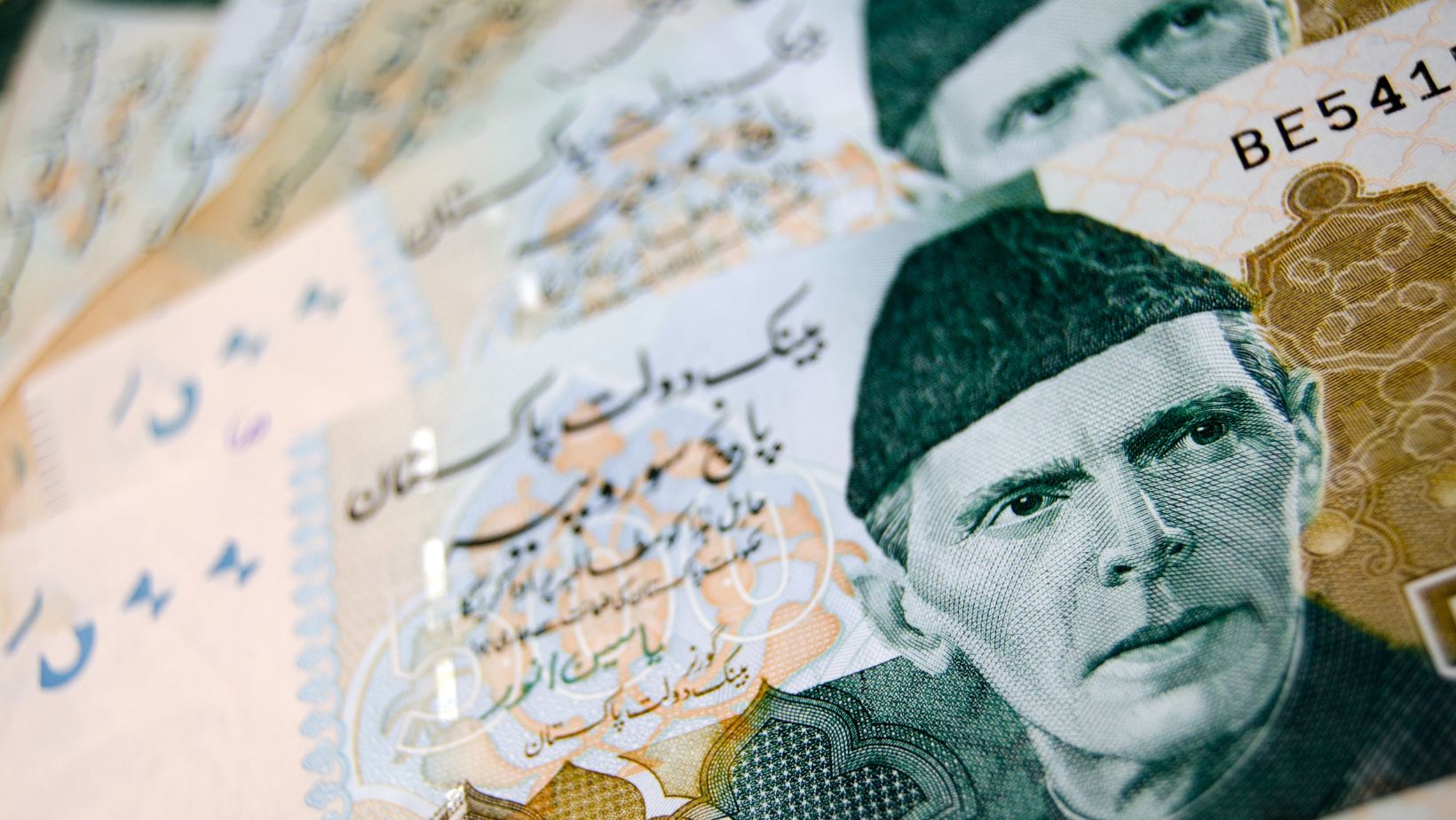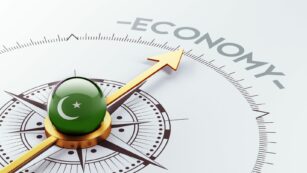
Pakistan’s economy: a landscape filled with challenges, yet brimming with potential. This complex dichotomy is what makes it a topic worthy of exploration. From soaring inflation to dwindling foreign reserves, the nation’s economic crisis is a puzzle that needs solving.
But it’s not all doom and gloom. Amidst the crisis, there’s a silver lining: a resilient workforce, strategic geopolitical location, and untapped natural resources. This article will delve into the intricacies of Pakistan’s economic woes, shedding light on the root causes and potential remedies. So, buckle up as we navigate through the stormy seas of Pakistan’s economy, seeking to understand its current state and the path to recovery. This journey promises to be as enlightening as it is intriguing.
Pakistan Economic Crisis
 Moved forward from the preceding content, this section dives into the economic turmoil that has gripped Pakistan, aiming to depict a clearer picture of the nation’s financial struggle. Stepping back in time, it’s crucial to get a glimpse of Pakistan’s economic history. Established in 1947, the country began with modest financial resources. In its early years, Pakistan focused on a robust agriculture-based economy, seizing the majority of the Indian subcontinent’s fertile lands.
Moved forward from the preceding content, this section dives into the economic turmoil that has gripped Pakistan, aiming to depict a clearer picture of the nation’s financial struggle. Stepping back in time, it’s crucial to get a glimpse of Pakistan’s economic history. Established in 1947, the country began with modest financial resources. In its early years, Pakistan focused on a robust agriculture-based economy, seizing the majority of the Indian subcontinent’s fertile lands.
Fast-forwarding to the late 20th century, industrialization gained momentum, making its textile industry a significant contributor to the global fabric market. However, instability in political leadership, coupled with global economic shifts, derailed Pakistan’s growth trajectory. Mismanagement of funds, corruption, and inadequate planning led to fiscal imbalances, choking the potential for optimum economic growth.
For instance, the Asian Financial Crisis in 1997 forced Pakistan to declare itself in state of default. In 2008, during the global recession, Pakistan again suffered a drastic blow, pushing it further towards economic fragility.
Key Factors Driving the Crisis
Cutting through the complexities, there are several drivers of the ongoing economic crisis in Pakistan. These include:

- High Inflation: Consumer goods prices rocketed, making it challenging for the average citizen to meet the basic necessities. For instance, foodprices soared by 15% in 2019, leaving millions grappling with food insecurity.
- Skyrocketing Debts: Uncontrolled borrowing, both domestic and foreign, has accelerated Pakistan’s debt crisis. For example, external debt reached $112 billion in 2020, taking up almost 40% of the country’s GDP.
- Depreciating Currency: Over the years, the Pakistani Rupee has shown consistent depreciation against major global currencies, exacerbating the crisis. As a consequence, the cost of buying foreign goods or repaying debts in other currencies has increased.
- Unemployment: The crisis has compounded the unemployment problem, with the rate rising to 5.8% in 2020. This has resulted in a chain reaction, reducing consumer spending and stunting economic growth.
- Trade Deficit: The gap between imports and exports widened, disturbing the country’s balance of payments. In 2018, the deficit peaked at nearly $37 billion, straining Pakistan’s financial resources.
- Political Instability: Frequent changes in government and policies have been a cornerstone of Pakistan’s economic turbulence. This instability often makes long-term economic planning and reform difficult.
 Reflecting on these factors, it’s evident that addressing the Pakistan economic crisis requires concerted efforts towards corruption control, sound financial governance, and investments in human development. As we dig deeper into this crisis in upcoming sections, we’ll explore potential solutions to bolster Pakistan’s economic resilience.
Reflecting on these factors, it’s evident that addressing the Pakistan economic crisis requires concerted efforts towards corruption control, sound financial governance, and investments in human development. As we dig deeper into this crisis in upcoming sections, we’ll explore potential solutions to bolster Pakistan’s economic resilience.
Impact of the Economic Crisis in Pakistan

The effect of the economic crisis extends to the everyday citizens of Pakistan, instigating a struggle forbasic necessities. Increasing inflation rates have resulted in higher prices for goods and services, making it difficult for the average citizen to make ends meet. According to the Pakistan Economic Survey, the poverty rate in Pakistan may have risen from 24.3% to 33.5% due to the ongoing economic crisis. Meaning, an additional 20 million people might have slipped below the poverty line.